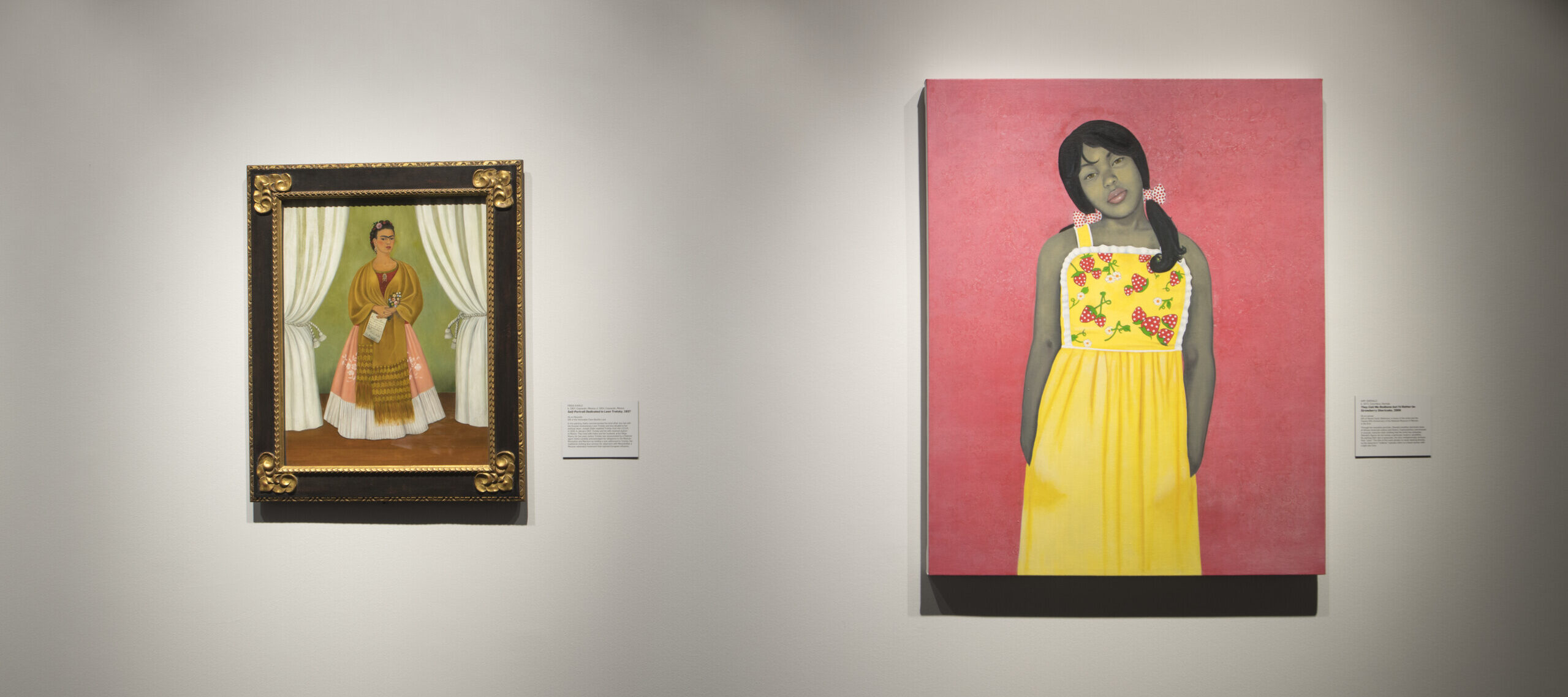While the museum’s building is closed for renovation, our volunteers have been separated from the works of art they’ve grown to love. In our Fast Favorites series, we share volunteers’ insights and explore what makes their selections so special to them, perhaps helping you discover new NMWA favorites.
Although these five paintings vary in style and content, each work focuses on a single, central human figure.
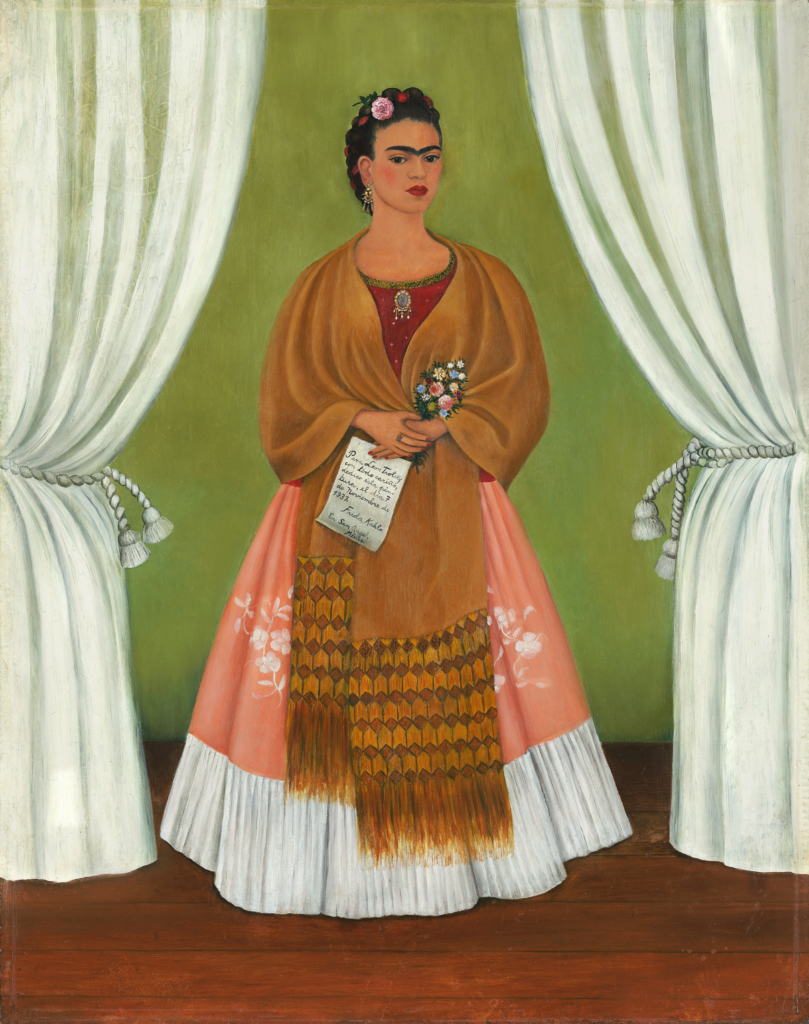
1. Self-Portrait Dedicated to Leon Trotsky, 1937, by Frida Kahlo
Docent Marilyn Cohen: “Frida Kahlo’s Self-Portrait is one of my favorite paintings as she shows her personality to the world. I once read that Frida would sit on her bed every morning figuring out her dress for the day. After learning this, I feel her interest in her appearance is seen in her self-portrait showing her with a made-up face, flowers in her hair as well as her manicured hands, and a long skirt covering her injured legs.”
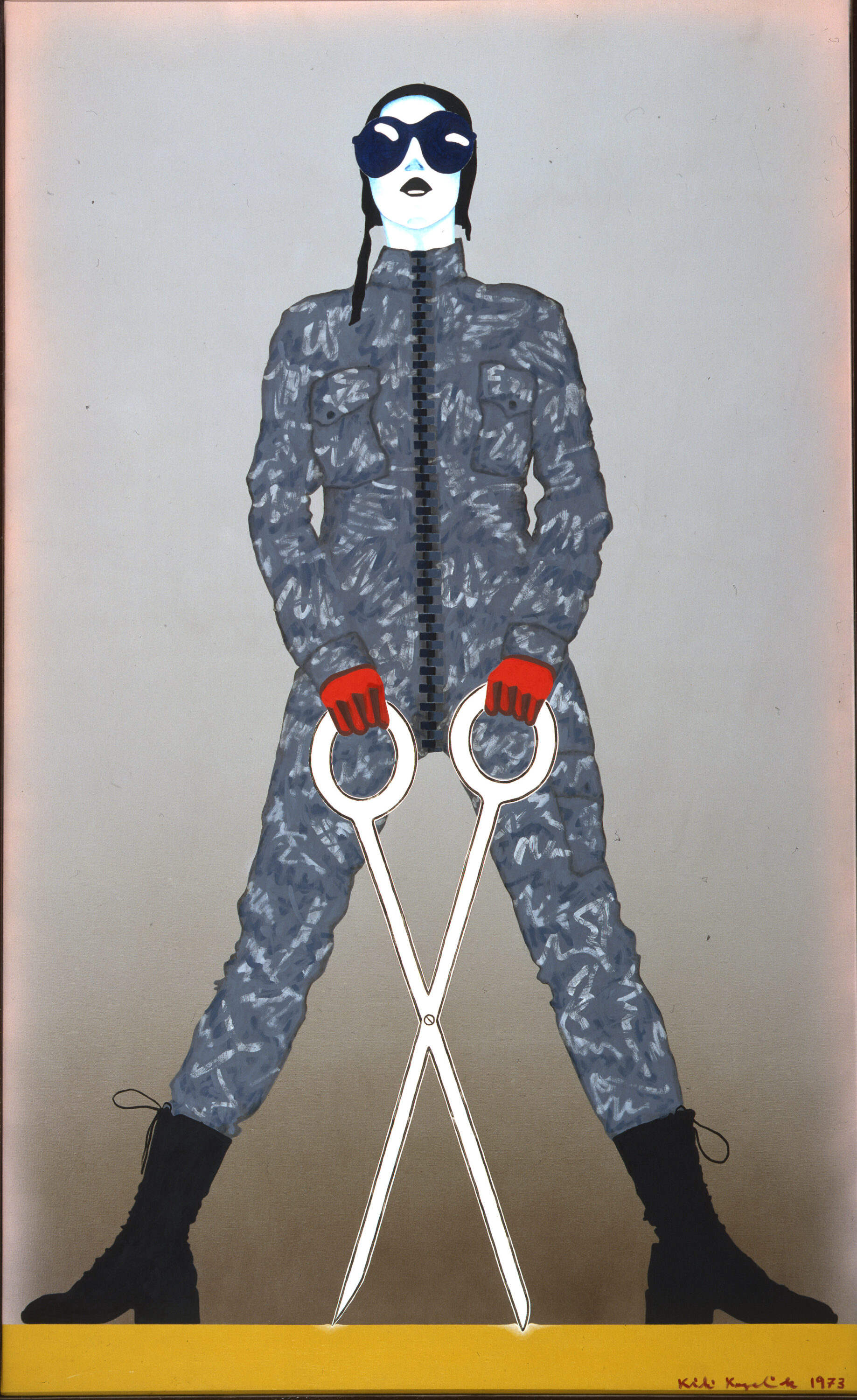
2. Superwoman, 1973, by Kiki Kogelnik
Visitor Experience Volunteer Grace Knudsen: “One of my favorite pieces in the museum is Superwoman by Kiki Kogelnik. This image communicates so much confidence and gravitas through the woman’s posture and outfit choice, but it retains a sense of femininity. The scissors add a literal edge to the painting, too. I always try to pause and absorb the power of this work when I pass it in the museum.”
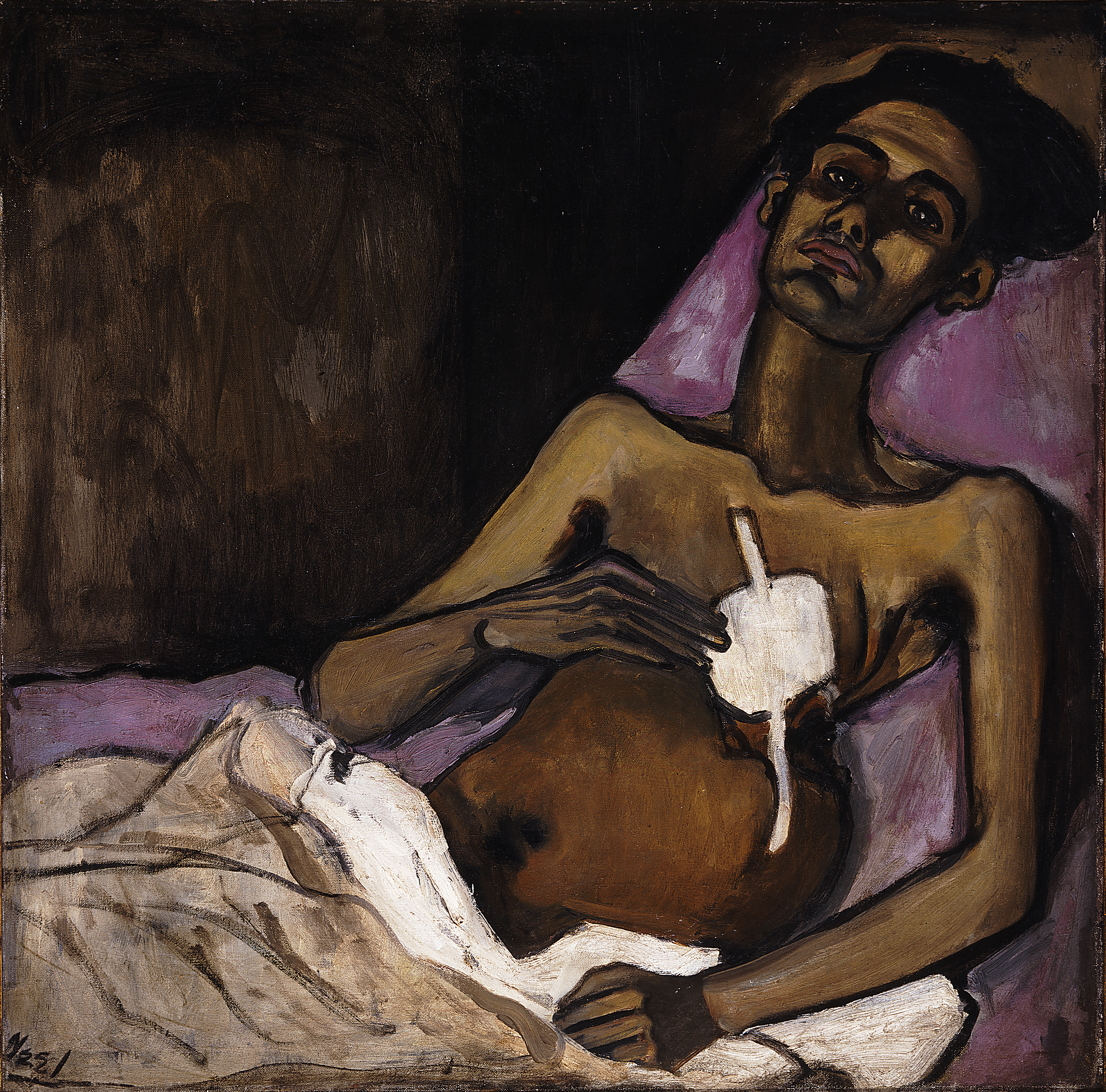
3. T.B. Harlem, 1940, by Alice Neel
Docent Ambassador Fay Arrington: “I don’t know what about T.B. Harlem draws me to it. Could it be the darkness, the thick lines, or the pain and sadness depicted in the face of the young man? As a breast cancer survivor, I initially thought it was a young woman recovering from breast cancer surgery, so I felt a connection. It is actually a painting of the younger brother of Alice Neel’s lover recovering from tuberculosis surgery in Spanish Harlem.”
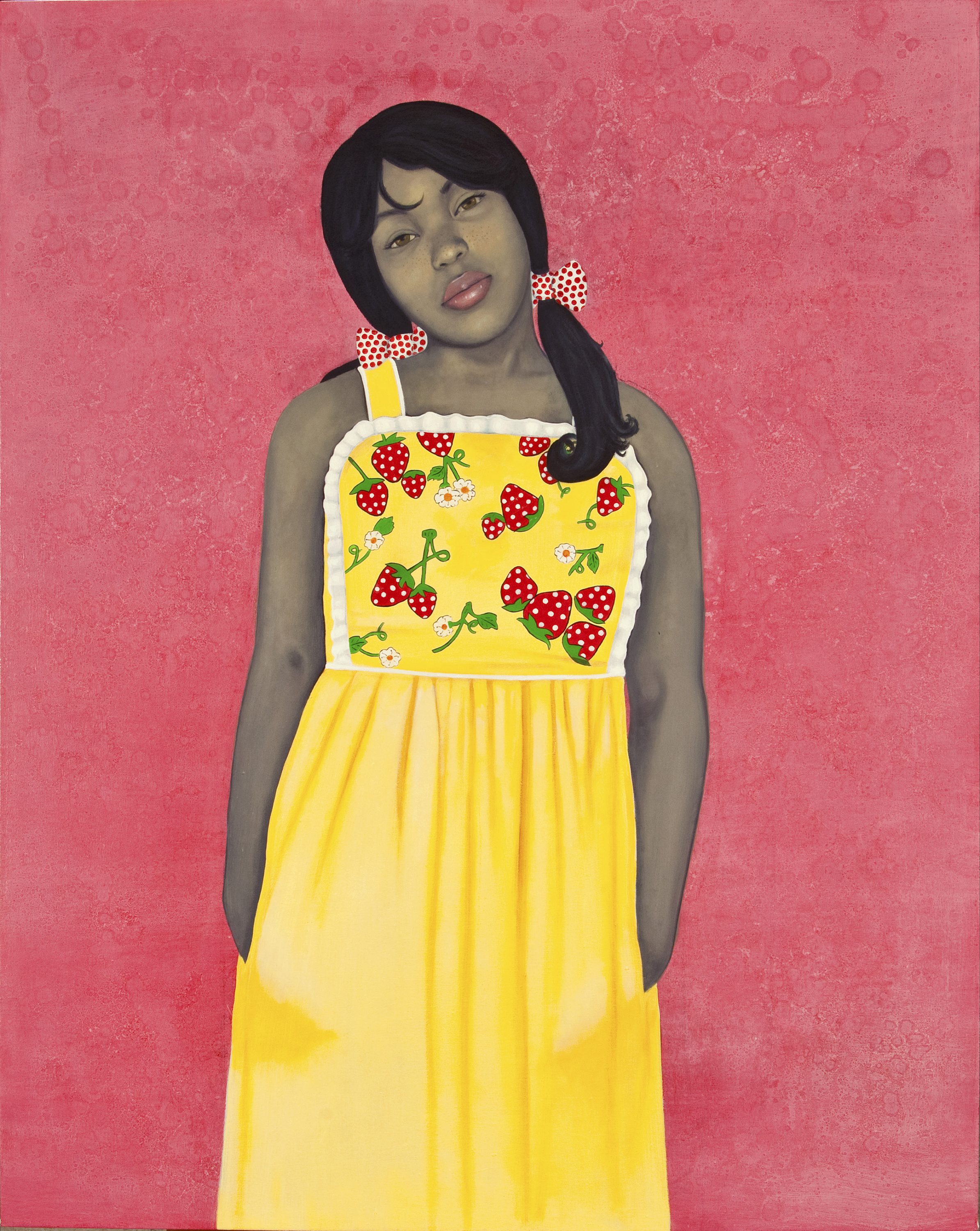
4. They Call Me Redbone but I’d Rather Be Strawberry Shortcake, 2009, by Amy Sherald
Docent Mary Walter: “This painting never ceases to both captivate and mystify me. Contradictions coexist in surprising harmony: a realistically rendered figure within an abstract environment, gray skin tone in an otherwise vibrantly hued composition, and the subject’s uncanny expression, enigmatic and wise, which belies the youthful innocence her pigtails and strawberry print dress would imply.”
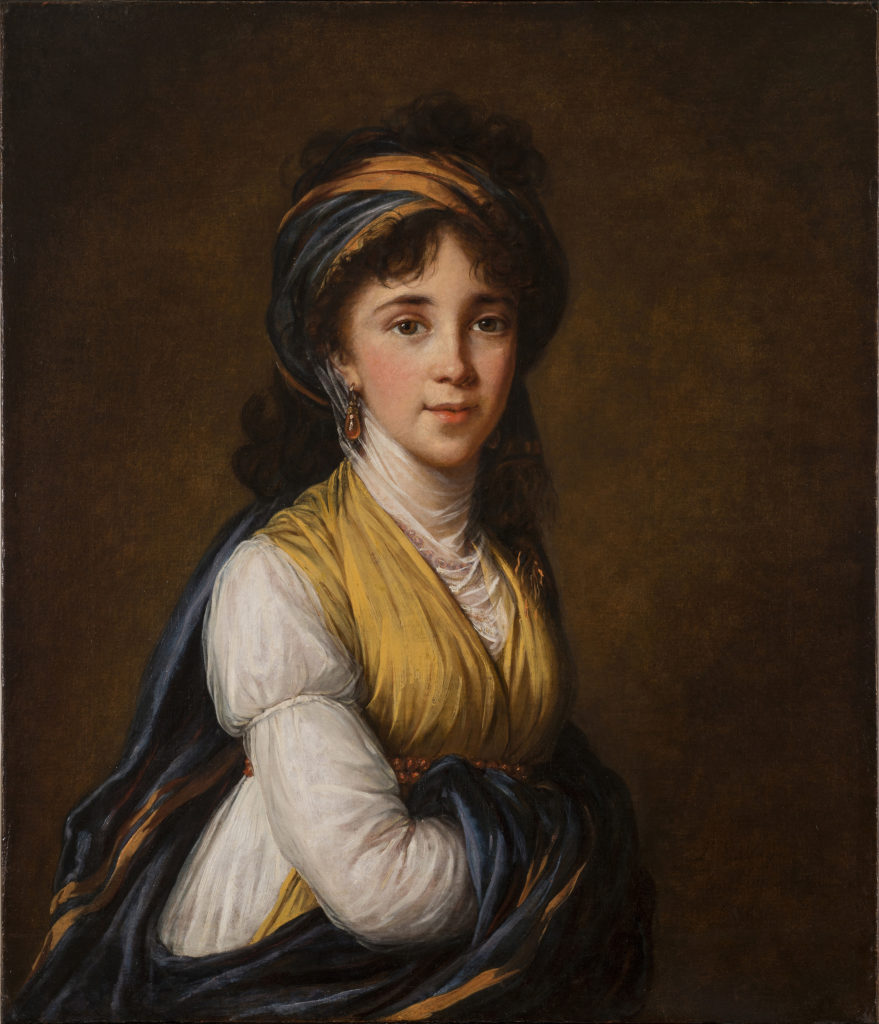
5. Portrait of Princess Belozersky, 1798, by Élisabeth Louise Vigée-LeBrun
Visitor Experience Volunteer Colleen “Colli” M. McKiernan: “Portrait of Princess Belozersky, by Élisabeth Vigée-LeBrun, is one of my favorite works in NMWA’s collection. While the princess is obviously wealthy, she is not dressed like subjects in similar paintings by other artists. Instead, the portrait is approachable, viewed through a soft lens that makes her seem more like a peer and less like royalty.”
Docent Lori Vitelozzi: “Could this be the Russian Mona Lisa? Vigée-LeBrun couldn’t resist painting the beautiful women in the court of Catherine the Great, and what is appealing to me in this particular portrait of Princess Belozersky is that it is begging to channel the gaze of the Renaissance portrait. I am impressed with Vigée-LeBrun’s clever use of her personal costumes and how she chose to downplay the princess’s luxurious life, emphasizing instead the warmth of her complexion, her moist lips, and her approachable yet elusive smile.”

